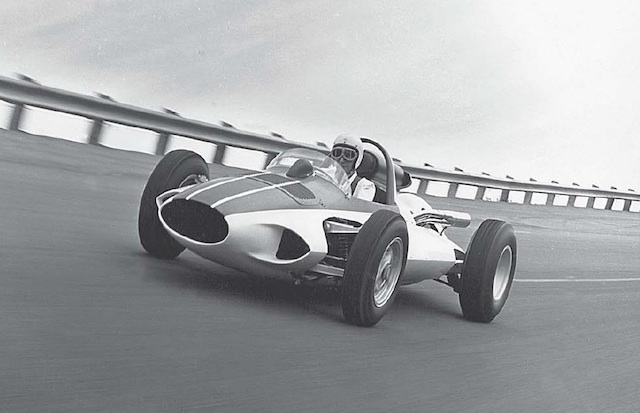
THE CERV I AND CERV II: A TRIBUTE TO GM’S TRUE BELIEVERS. – Rants
Editor’s Observe: This include of this week’s version of Automotive News (autonews.com) attributes a tale about GM’s revolutionary improvement of the EV “skateboard” and how it set the desk for an entirely new course in the development of the auto. A variation of the GM “skateboard” is now utilised by each company of EVs in the planet, and it continues to be a testament to GM’s Correct Believers in Engineering and Structure. In simple fact, GM has a extended background of innovation and revolutionary engineering breakthroughs likely again to the 1930s. Just one instance? The Firebird I, II and III principles from the ’50s were being so state-of-the-art that a lot of of the attributes created for those devices are however uncovered in cars and trucks created currently. The 1958 Firebird III, for occasion, was driven by a 225HP fuel turbine motor with a 2-cylinder 10HP fuel motor to run the onboard extras. It experienced cruise handle, anti-lock brakes, air drag brakes, remote opening doors, an automatic assistance technique, and it was steered by a joystick in the console. There have been other substantial engineering packages originating at GM during the many years. In truth, what GM is carrying out currently in conditions of engineering its new EVs is each and every bit as breakthrough and ground breaking as any time in its lengthy background. This week, Peter focuses on 1 of GM’s most major – and storied – engineering improvement programs: The 1960 CERV I (Chevrolet Experimental Research Car) and the 1963 CERV II. Both machines had been made under the way of legendary Corvette main engineer Zora Arkus-Duntov as a system to acquire and refine Chevrolet overall body, chassis and suspension techniques. At least that was the “formal” version. They had been definitely produced, however, as all-out racing devices. As quite a few of you presently know, Peter’s postings on Twitter (@PeterMDeLorenzo) present a colorful glance at the market and racing in particular. Peter is a firm believer in historic point of view when it arrives to motorsports, and the essential tales that require to be informed. And we imagine you may agree that the CERV I and CERV II are certainly worthy of noting and appreciating. We hope you enjoy reading through about them. -WG
By Peter M. DeLorenzo
Detroit. As several of our audience know, I have a existence on Twitter (@PeterMDeLorenzo). Most – but not all – of my postings on that web-site involve motorsports, such as evocative photos from the “glory times” of racing in the 60s and 70s. This 7 days, I wanted to commit some time to the Chevrolet Engineering Research Automobiles, the CERV I and CERV II – and the Legitimate Believers liable for them.
The CERV software originated with Corvette icon Zora Arkus-Duntov, who envisioned it as a system for engineers to use in get to create Chevrolet – specially Corvette – overall body, chassis and suspension programs. The CERV I was formulated amongst 1959 and 1960 as a useful mid-motor, open up-wheel, solitary-seat prototype racing car. The bodywork was intended by field legends Larry Shinoda and Tony Lapine.
The CERV I was initially equipped with a gasoline-injected 283 cu. in. 350HP little block V8 that weighed only 350 lbs. Intense use of aluminum and magnesium engine parts saved much more than 175 lbs. from past Chevrolet V8s. The entire body composition was constructed out of fiberglass and weighed only 80 lbs. The overall body construction was hooked up to a rigid 125 lb. chrome-molybdenum tube manufactured body, welded in a truss-like configuration. Combining these light-weight factors contributed to the CERV I’s pounds of 1,600 lbs. The 96-inch wheelbase chassis attributes a 4-wheel impartial suspension, uses independent, variable charge springs with shock absorbers and stabilizer bar in the entrance, and multilink, variable rate springs, with double-performing shock absorbers in the rear. The wheels are forged magnesium alloy. Steering is recirculating ball form with 12:1 ratio.
The brake program on the CERV I uses entrance disc/rear drum, with a two piston grasp cylinder to get rid of the chance of complete brake failure. Gas is delivered by using two rubber bladder fuel cells (20 gal. total capability). At a person level Duntov refitted the CERV I with a 377 cu. in. aluminum little block, an innovative Rochester gasoline injection program and Indy-model tires and wheels. (That 377 cu. in. tiny block V8 grew to become the mainstay in the Corvette Grand Sport racing software.) To match this mechanical updating, Shinoda redesigned its streamlined entire body structure for greater aerodynamics. Top pace for the CERV I was 206 mph, obtained on GM’s round 4.5-mile test keep track of at its Milford, Michigan, Proving Grounds.
Psyched by its amazing effectiveness prospective, Duntov had his eye on greater factors for the CERV 1 – together with racing in the Indianapolis 500 – but owing to the AMA (Vehicle Manufacturer’s Association) ban on maker-sponsored racing at the time – which GM painfully adhered to – the closest Duntov could get to a major showcase for the motor vehicle was when he drove the device in a sequence of demo laps at the U.S. Grand Prix in 1960. (GM)
(GM)
Zora Arkus-Duntov in the CERV 1 at the GM Complex Centre take a look at observe, 1960.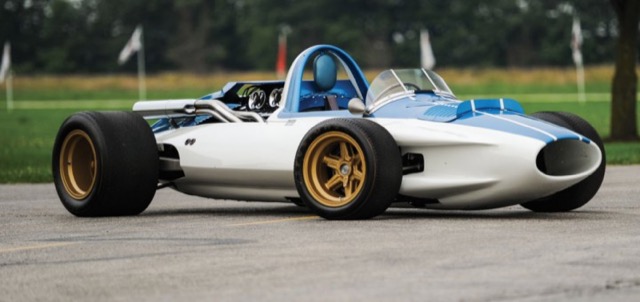 (RM-Auctions)
(RM-Auctions)
The CERV 1.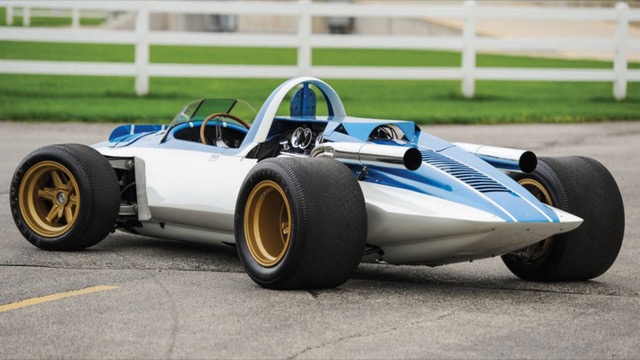 (RM-Auctions)
(RM-Auctions)
The CERV I appeared in the global racing shades – white with blue – assigned to the United States.
The next-era Chevrolet Engineering Exploration Auto – the CERV II – was conceived early in 1962, formulated about the subsequent 12 months and constructed less than Duntov’s course among 1963 and 1964. By the time it was concluded, Duntov envisioned the CERV II as a feasible remedy to the Ford GT40 racing application. At this stage it was also in Duntov’s thoughts to build a separate line of racing Corvettes to sell, an concept that was later turned down, of study course, by GM administration. Duntov preferred the CERV II to showcase long term technologies as utilized to a racing machine.
Chevrolet Basic Supervisor “Bunkie” Knudsen wanted to get back again into racing so the CERV II was prepared for the worldwide prototype class with a 4-liter edition of the Chevrolet small block V8. Knudsen has been provided rigorous orders to remain out of racing by upper administration at GM, but obviously that didn’t dissuade Duntov and his group. Construction was commenced on the CERV II virtually at the exact same time that the “no racing” GM management edict came down.
As with CERV I, the entire body was developed by the team of Shinoda and Lapine. The chassis of the CERV II consisted of a glued-together steel and aluminum monocoque with a metal sub body to carry the suspension and motor. It was driven by a Hilborn fuel-injected, overhead cam, 377 cu. in. aluminum small block V8 with a 10.8 compression ratio and 500HP. By 1970, the CERV II ran a 427 cu. in. ZL-1 V8 with 550HP. Titanium was utilized for the hubs, connecting rods, valves, and exhaust manifolds supporting to deliver the full excess weight of the device under 1400 lbs.
The CERV’s II engineering of the travel program and torque converter arrangement was handed over to GM’s engineering group and it turned out to be its most interesting enhancement. The outcome? An state-of-the-art all-wheel drive program applying two torque converters. This marked the very first time that any person had developed a variable power shipping to just about every stop of the car, which different according to car pace. The quite vast wheels carried experimental low profile Firestone tires mounted on specifically made Kelsey-Hayes magnesium wheels. The ventilated disc brakes ended up mounted outboard, with the Girling calipers widened to accept the vented rotors.
The CERV II was really brief: -60 in 2.5 seconds with a top pace of 190+ mph. During its comprehensive improvement Jim Hall and Roger Penske have been between the leading motorists who wheeled the CERV II.
The program to use the CERV II as The Response to the Ford GT40 plan ended up getting killed by GM administration, as was their wont. The CERV II was used as a investigate tool for a mid-sixties super Corvette method that was also cancelled by administration. Under no circumstances raced, the CERV II finished as a exhibit and museum piece, a tribute to the Legitimate Believers at GM Style and design and Engineering.
Editor-in-Chief’s Be aware: Thank you to the GM Heritage Center for the details on the CERV I and CERV II. -PMD
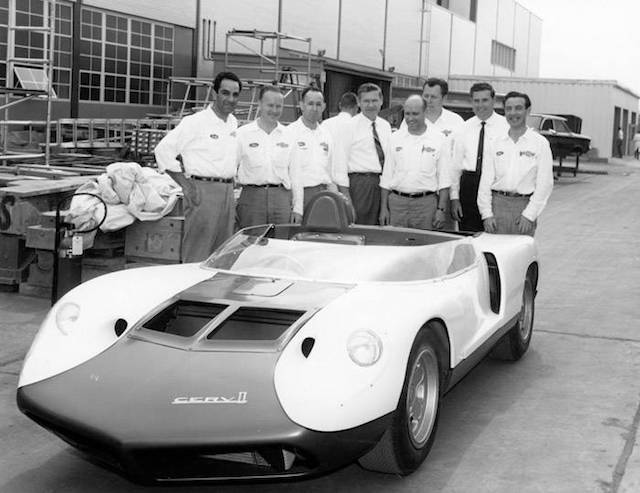 (GM)
(GM)
The Accurate Believers at GM Engineering stand proudly by the impressive CERV II at its roll out at the GM Technological Middle in Warren, Michigan. (GM)
(GM)
Zora Arkus-Duntov in the CERV II, late 1963.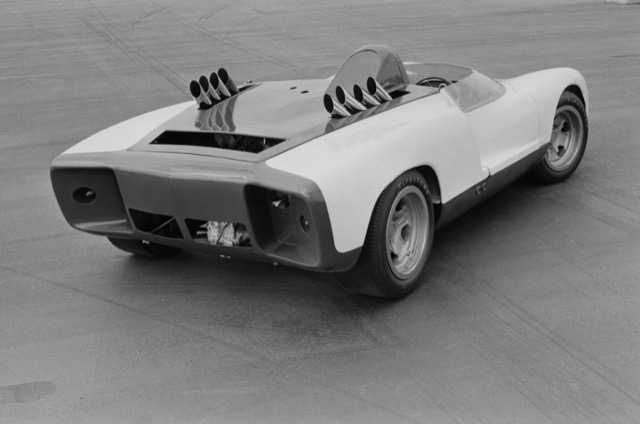 (GM)
(GM)
The CERV II photographed at the well-known “Black Lake” at the GM Proving Grounds in Milford, Michigan. (GM)
(GM)
An inside search at the CERV II.
Editor-in-Chief’s Observe: As part of our continuing sequence celebrating the “Glory Days” of racing, this week’s illustrations or photos arrive from GM. – PMD
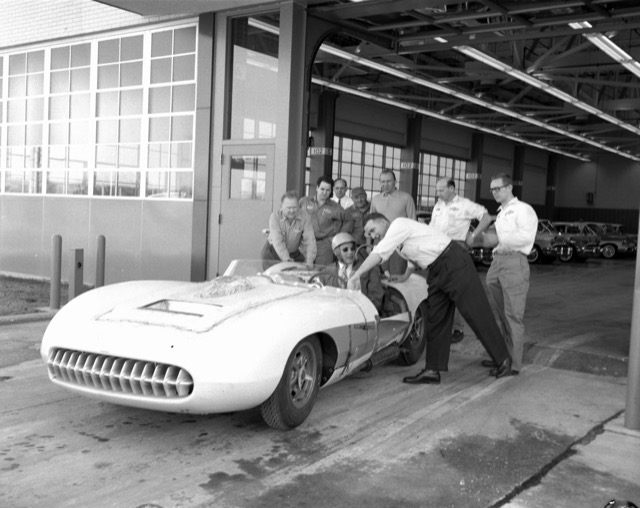 (GM)
(GM)
GM Technological Middle, Warren, Michigan, 1957. Zora Arkus-Duntov becoming wheeled out for the maiden take a look at run of the Corvette SS racing automobile. GM had a limited examination observe on the Tech Centre grounds that saw considerable use.
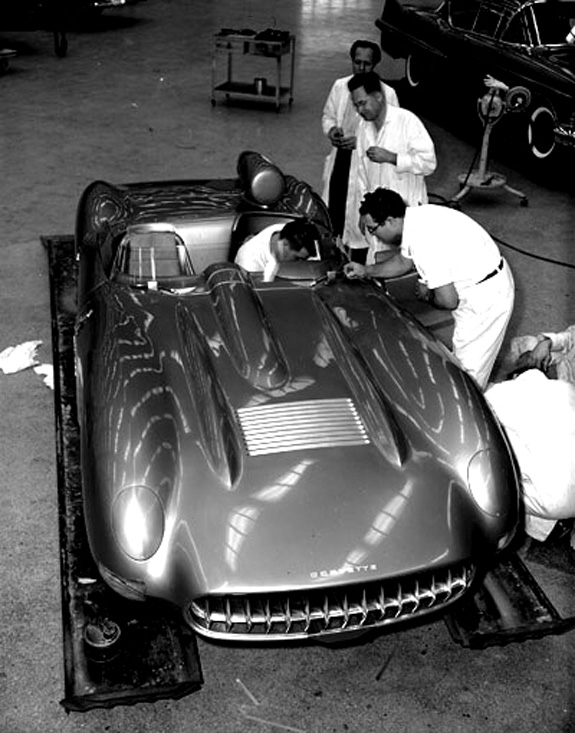
(GM)
GM Specialized Heart, Warren, Michigan, 1957. The Corvette SS racer currently being finished prior to becoming shipped down to Sebring, Florida, for its racing debut in the 12-Hour race.
Editor’s Notice: You can access past difficulties of AE by clicking on “Upcoming 1 Entries” underneath. – WG
